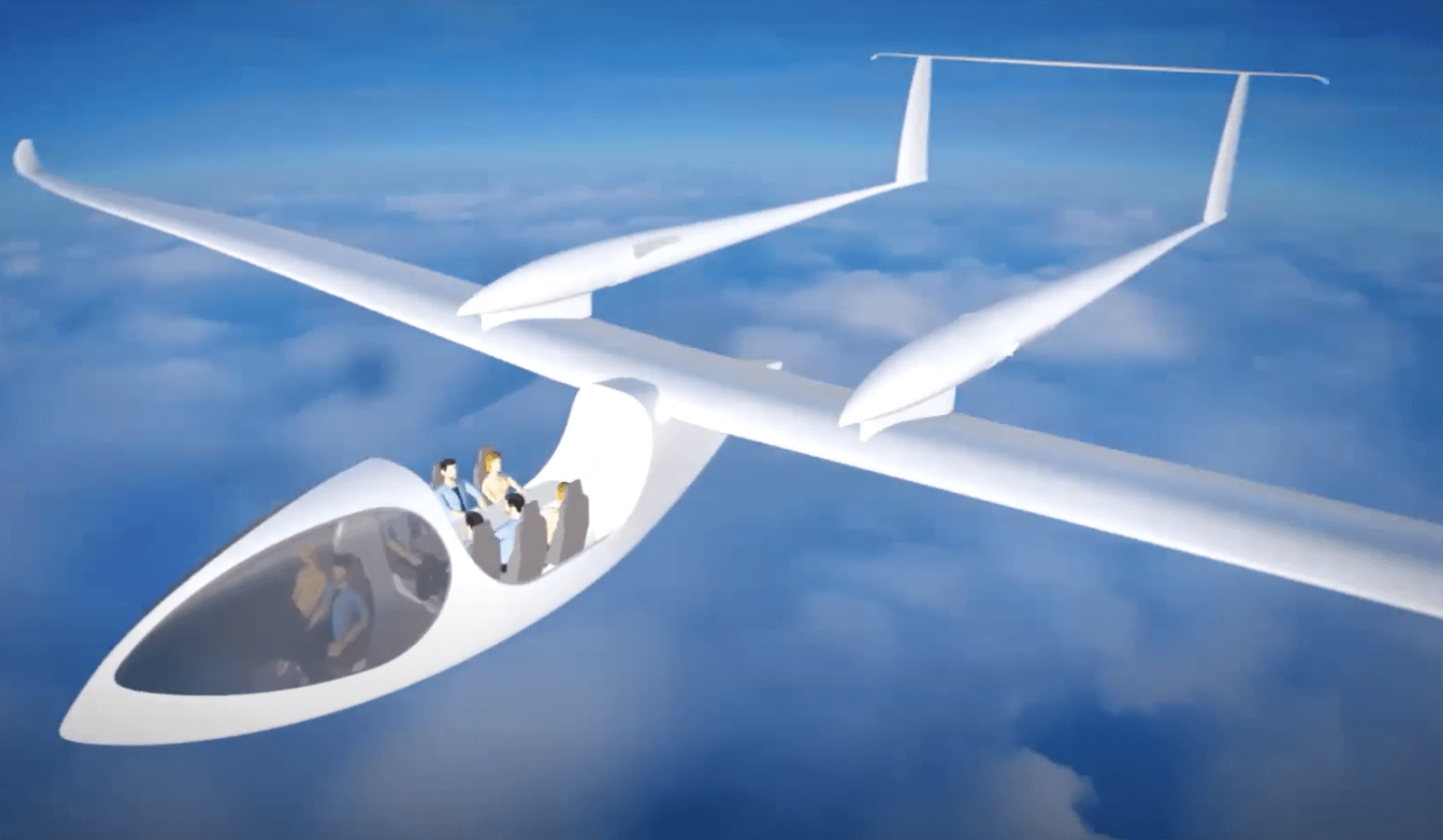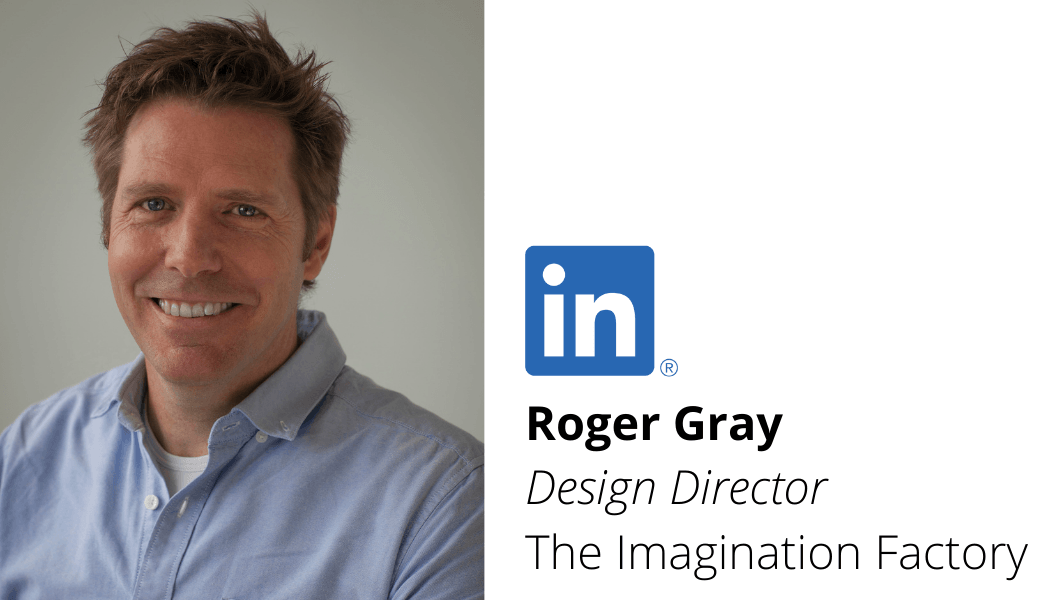Is net zero flight at speed, already possible?
It's widely agreed that it will be decades before the entire aviation industry can fly without being fully reliant on fossil fuels, but as many work tirelessly towards collectively reducing our carbon footprint we met one of those innovators, pushing the boundaries of current technology to delivery fast and safe air travel with a minimal carbon footprint.
In 2020, the (pandemic-induced) drop in air traffic is estimated to have reduced carbon emissions by several hundred million tons. Can pollution reductions be made permanent without decimating the industry?

At a recent IMAGINE series event we explored some of today's and future options through the eyes of Richard Glassock, who drew on 30 years experience in aerospace engineering innovation, R&D projects in academia, industry and imagination.
Watch the recording below that captures this fascinating session and includes a Q&A that followed.
"Elimination of contrails, use of new fuels, improved navigation systems and more opportunities are in the mix. In the session I explore the real issues and most viable options," said Richard. "How can imagination, and re-imagination of large and small scale air transport ensure a sustainable, clean and connected world?"
Richard is working hard with his team to help develop technology for the future of air travel and he answers these questions and more in the session.
POWER STORAGE
The current limitation of non-fossil aviation is the power storage technologies as they can’t compete with traditional fossil fuel propulsion for range.
From recent research that we have done to gauge what is in development, we were excited to see just how many innovative battery technologies and platforms there are in various states of progress.
There were a few true surprises in there. Perhaps you'll spot a few you've not heard of before too? We've included links so you can explore for yourself if you're curious. It's by no means comprehensive, but I have found some interesting disruptive technologies such as String Cells for cars and Quantum batteries to bend your mind.
- Ultra-Fast Carbon Electrode
- Graphene batteries
- Nickel-salen
- Cobalt-free lithium-ion battery
- Quantum batteries - with a counter-intuitive property in which the recharge time is inversely related to the battery capacity
- Copper foam substrate
- Silicon anode lithium-ion batteries
- Lithium-sulphur
- Ultra-long fiber lithium-ion battery
- Solid state lithium-ion
- Solid-state sulfur-selenium
- Sodium-ion: mammal bone inspired and Solidum-Ion batteries
- Ryden dual carbon battery
- Micro supercapacitors
- Biological semiconductors made from naturally occurring organic peptides
- Carbon fibre electrode structural batteries
- Organosilicon electrolyte
- String cells
- Aluminium-air
- Carbon fibre structural battery
- Flexible supercapacitor with wrinkled titanium carbide electrodes
- Gold nanowire batteries
- Flexible Lithium Polymer Battery
- Zinc-manganese oxide
- Carbon-ion
- Water-based zinc/bromine redox liquid flow batteries (ZBBs)
- Zinc-air
- Silver oxide-zinc
- Wearable thermoelectric generators
- Crayfish shell as the biological template for high-performance supercapacitors
ALTERNATIVE CHARGING TECHNOLOGY
- Rectenna (radio wave harvesting antenna) to capture energy from Wi-Fi or other electromagnetic waves
- TENG - or triboelectric nanogenerator - a power harvesting technology which captures the electric current generated through contact of two materials.
- Ultrasound to transmit electricity through air – reality bites
- Piezoelectric Nanogenerators harvest ambient noise or body movement and convert it into electric current
- Hydrogen fuel cell portable charger
- Self-harvesting energy from indoor environments
- Stretchable biofuel cells extract energy from sweat to power
- Microsupercapacitors
Are you looking for an alternative to lithium batteries to power your technology or need help integrating technology into a commercial product? Alongside some of the breakthroughs with seen first hand, if this list is anything to go by there are some promising options.
Please get in touch, if you have a project in this area, that we could help you with.


